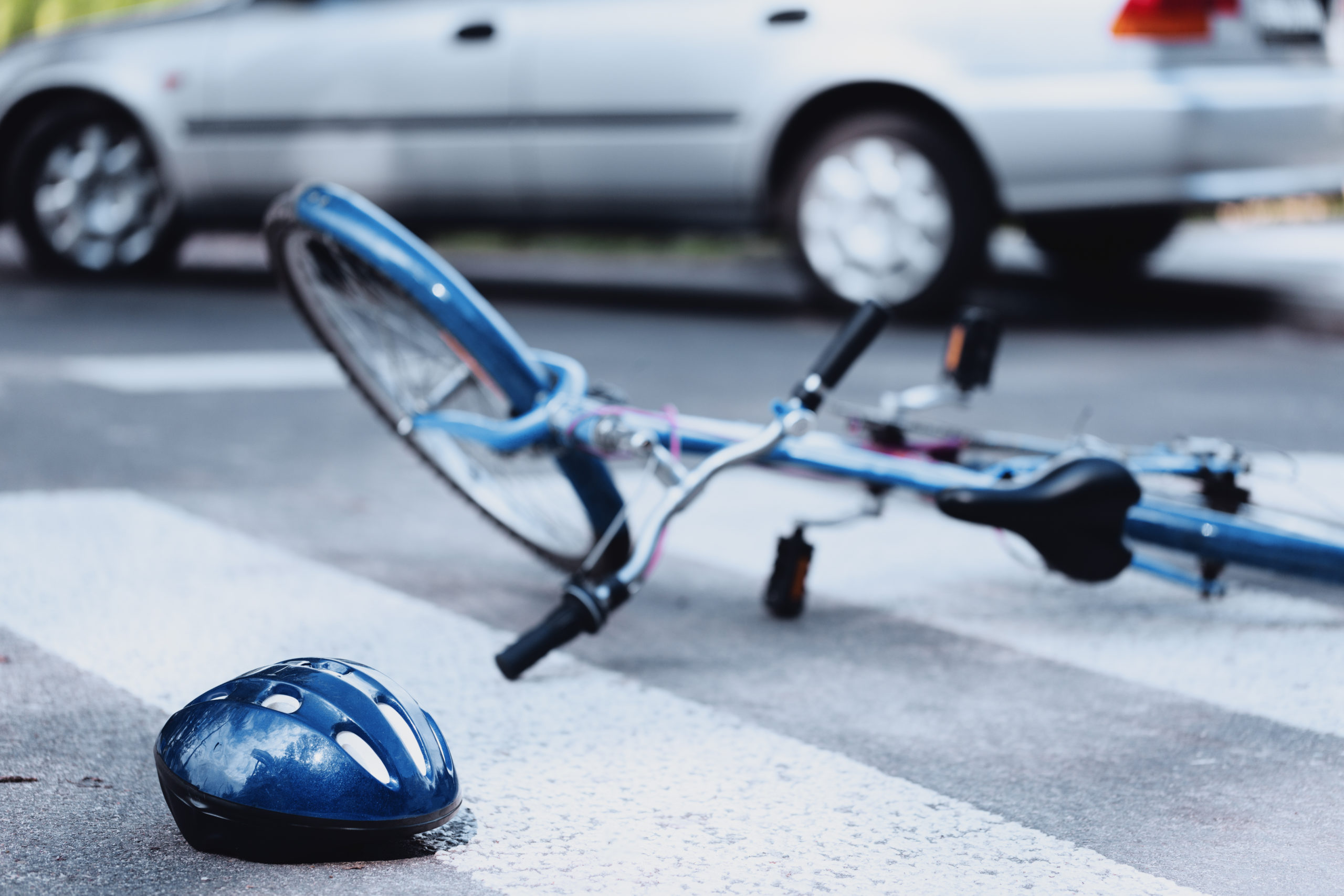
Bike Accidents: Collisions With Cars at Intersections
Only 1 percent of all trips in the U.S. are taken by bicycle, but bicycle collisions accounted for 2.4 percent of traffic fatalities in New Jersey in 2012. Bicyclists are at an increased risk for injury and death because the bicycle itself offers very little protection, especially against larger, heavier motor vehicles. More than 700 cyclists were killed and another 49,000 were injured in collisions in 2012.
The majority of bicycle-vehicle collisions occur in urban areas, according to the National Highway Traffic Safety Administration. Of all collisions that involve a motor vehicle and bicycle, nearly half occur at intersections. These intersections pose unique risks and dangers for bicyclists, especially when other vehicles are trying to navigate the intersection at the same time.
In the eye of the law, a bicycle is technically a “vehicle” and, as such, must comply with the rules of the road as any other vehicle does. This includes stopping at stop signs, signaling turns, and following other vehicles at an appropriate distance.
That being said, assigning liability after a bicycle-vehicle collision boils down to who had the right of way:
- No traffic signals: When two vehicles approach an intersection with no traffic signals, the vehicle that arrives first typically has the right of way. If they arrive at the same time, the vehicle to the right has the right of way. If the intersection connects a major street to a less busy, minor street, the vehicles on the major road generally have the right of way. If the bicyclist or driver fails to follow one of these rules at an uncontrolled intersection, he or she could shoulder the liability for an accident.
- Traffic signals: At an intersection with traffic signals, the signals will dictate who has the right of way. Disregarding traffic signals (such as rolling through a red light) will open up the bicyclist or driver to liability in the event of an accident.
- Stop signs: Nearly 10 percent of all intersection collisions happen at stop sign-controlled intersections. If the cyclist pulls out in front of a car that has the right of way, the cyclist is generally at fault. Other stop sign accidents can occur when the bicyclist does not have a stop sign but the car does; often times, the car will stop at the stop sign, then pull out into the intersection without seeing the bicyclist (who has the right of way). In this case, the driver would be at fault in the collision.
- Riding against flow of traffic: Nearly 60 percent of stop sign-related collisions occur when the bicyclist is riding against the flow of traffic. Because bicycles are considered “vehicles,” this is typically against the law—not to mention extremely dangerous. Riding against traffic gives the bicyclist less time to react to unexpected situations, and drivers are not expecting to see a cyclist coming from the wrong direction.
There are hundreds of potential scenarios for bicycle-vehicle collisions, but at the end of the day, it all comes down to right of way and the rules of the road. Bicyclists, like anyone else on the road, must follow traffic signs and signals to minimize the risk of an accident.
















